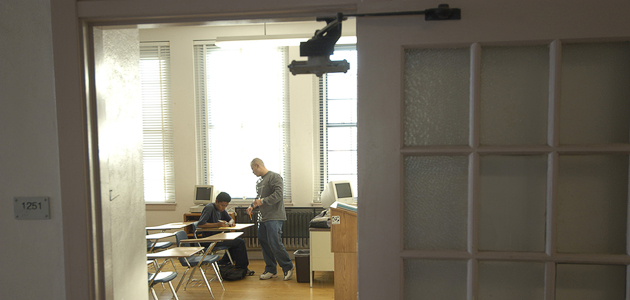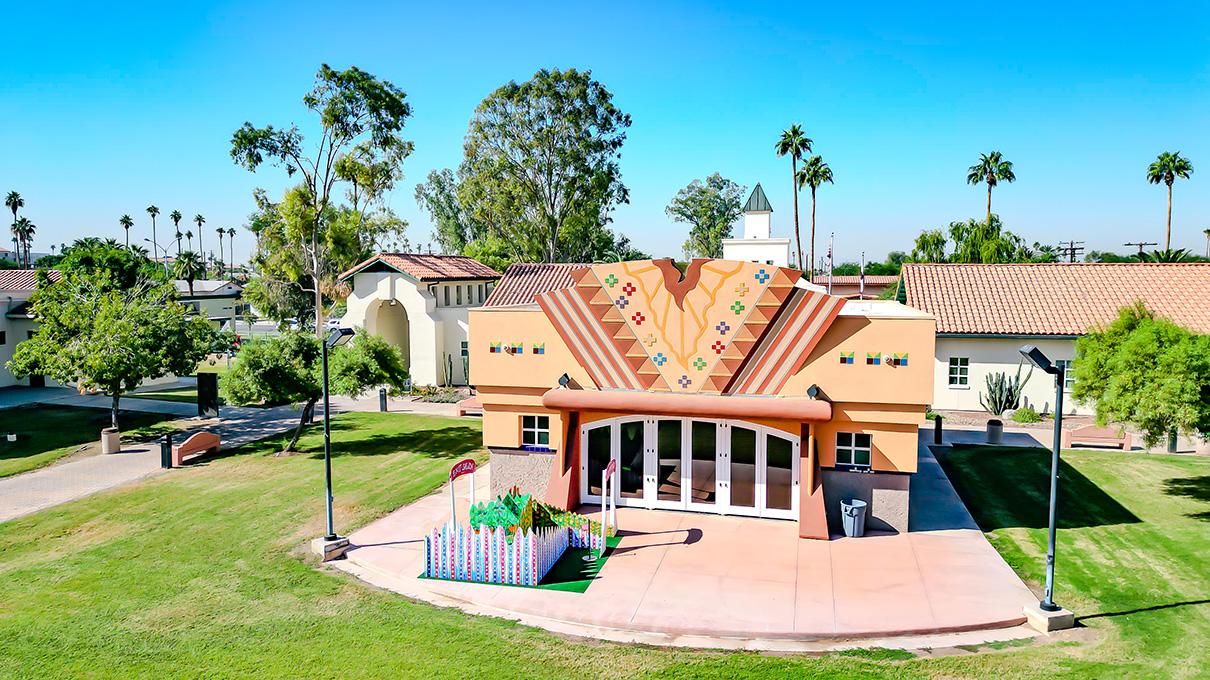Book Examines City Heights Educational Collaborative
The SDSU initiative is exemplified as a successful public/private partnership.

The collaborative work of Price Charities and San Diego State in the City Heights community is the subject of a book to be published this year by Routledge Press.
“21st Century Philanthropy and Community: Foundations as Catalysts for Change” will look at varying strategies used by public/private partnerships to improve the physical and social infrastructure of underserved, ethnically and racially diverse neighborhoods.
Lessons learned
“We’re presenting examples of lessons learned,” said co-author Maria Martinez-Cosio, who grew up in San Diego and was a visiting fellow at SDSU's Institute of Urban and Public Affairs in the fall 2011 semester. She is a tenured professor at the University of Texas, Arlington, where she also directs a Ph.D. program in public and urban administration.
Cosio volunteered in City Heights while studying for her Ph.D. in sociology from the University of California, San Diego. The year was 1996, and the city, with hefty financial support from entrepreneur and philanthropist Sol Price, had just opened a new police substation in City Heights. A library, two new schools, a park, swimming pool and recreation center followed.
The City Heights Educational Collaborative is just one example of how the university engages the San Diego region, a key initiative of The Campaign for SDSU. Whether it’s supporting programs that contribute directly to San Diego's growth or building academic programs to prepare for the region’s future, SDSU is an important community partner. Learn more about SDSU’s community engagement and how you can contribute.
A strong model
Price had been concerned, not only about the crumbling infrastructure in City Heights, but also about the performance of the community’s public schools.
He proposed that SDSU take on the management of three City Heights’ schools in partnership with Price Charities, the San Diego Unified School District and the San Diego Education Association (formerly San Diego Teachers Association).
The result was the City Heights Educational Collaborative, which can claim credit for improved test scores and teacher retention rates in all three schools — Rosa Parks Elementary, Monroe Clark Middle and Herbert Hoover High.
New partnership
Cosio’s co-author is Mirle Rabinowitz Bussell, Ph.D., a lecturer in city planning at SDSU's School of Public Affairs. Their book examines four other private foundations involved in urban renewal in California and Texas. One is the Jacobs Foundation, whose efforts to revitalize the Diamond neighborhoods in southeast San Diego have focused on grass roots participation.
“A lot has been written about public/private partnerships on the East Coast, but very little about how these models work in Southern California,” Cosio said.
Her SDSU fellowship was the beginning of a new partnership between the School of Public and Urban Affairs at UTA and SDSU's School of Public Affairs undertaken in part to increase the number of Ph.D.s in this field. A second faculty member from UTA, Colleen Casey, Ph.D., will follow Cosio’s footsteps as a visiting fellow at SDSU in spring 2012.
Stuart Henry, Ph.D., director of SDSU’s School of Public Affairs, was director of the Interdisciplinary Studies Program at UTA from 2010-2011, after which he returned to SDSU. It was during his time at UTA that the partnership between the two schools was sealed and the faculty exchanges and research and graduate school collaboration developed.


